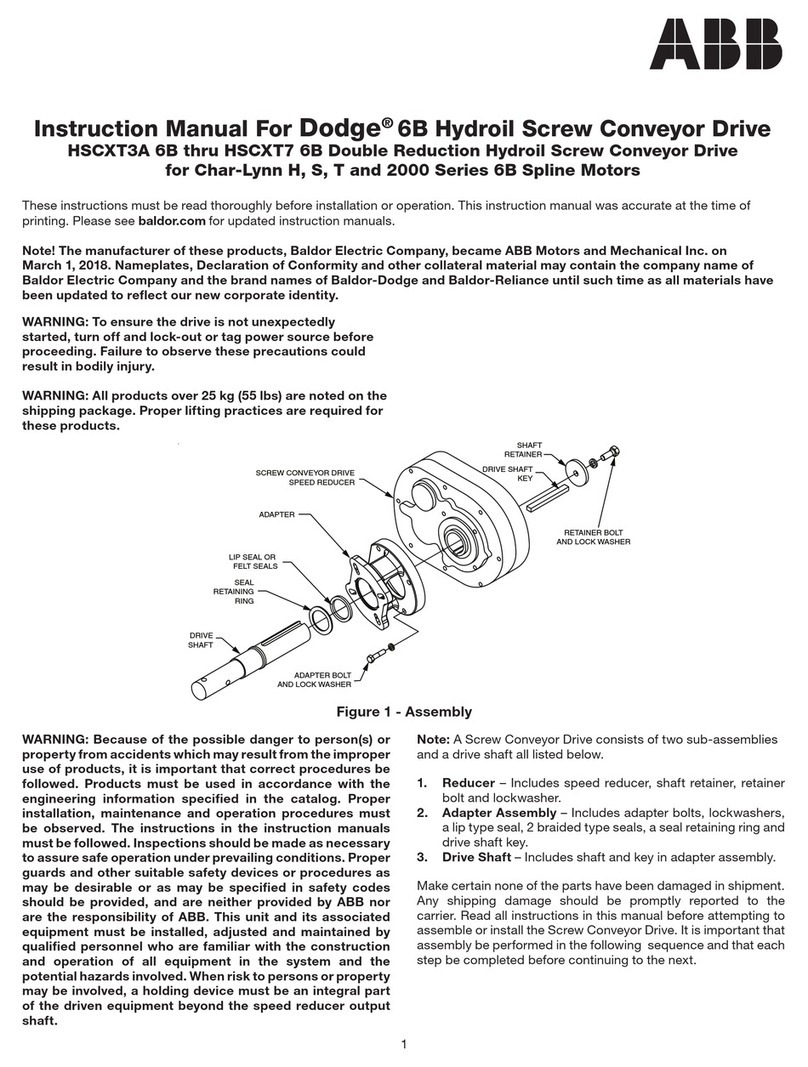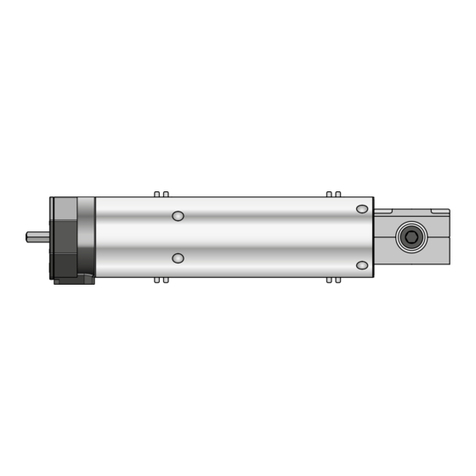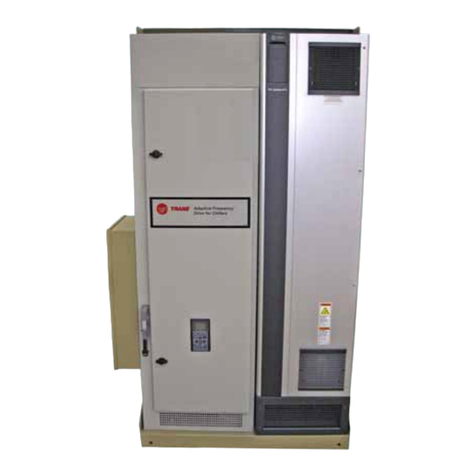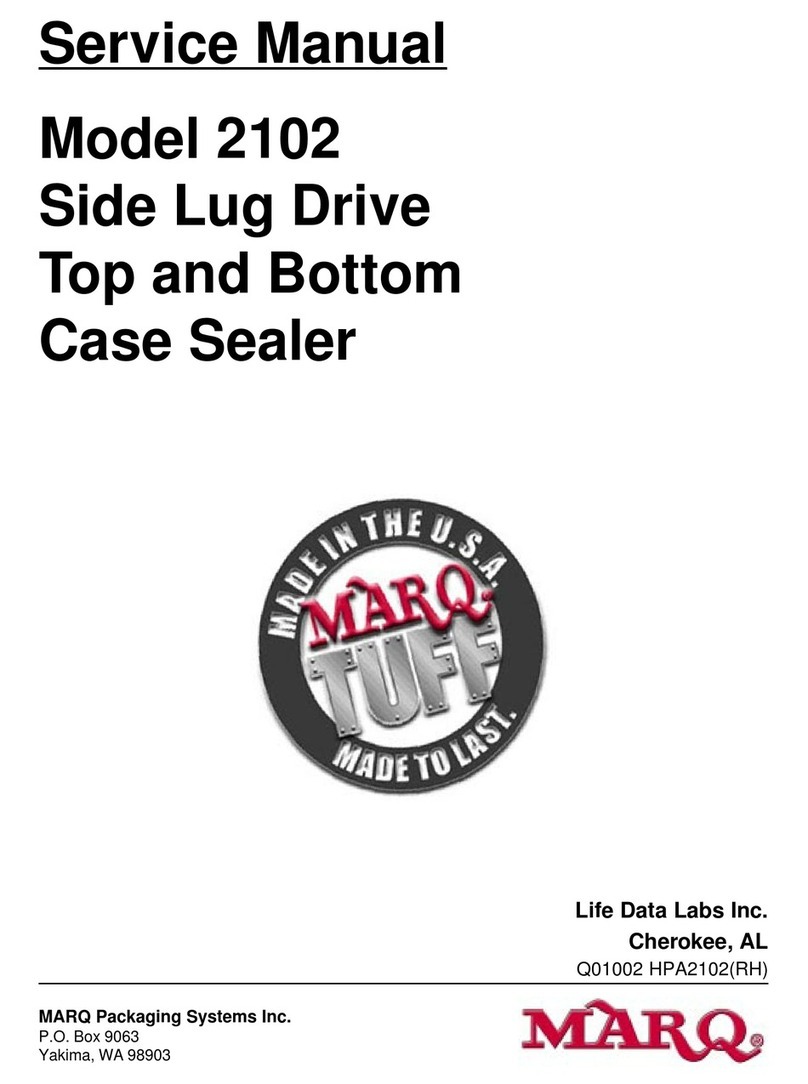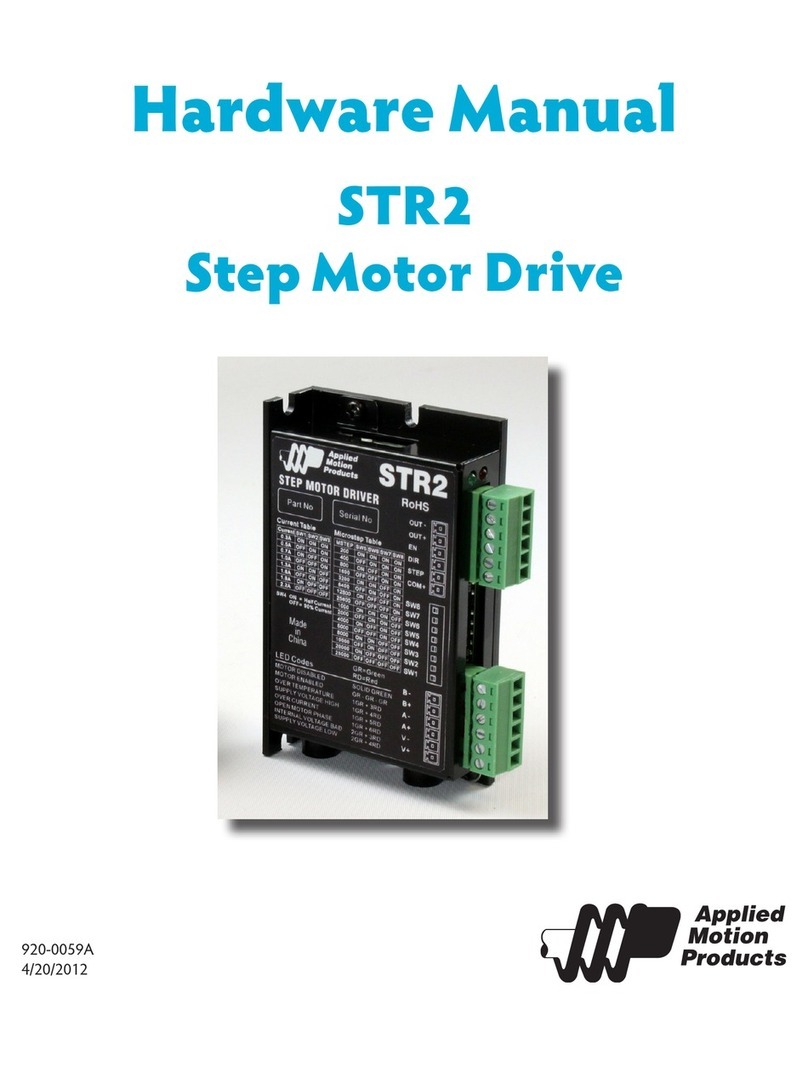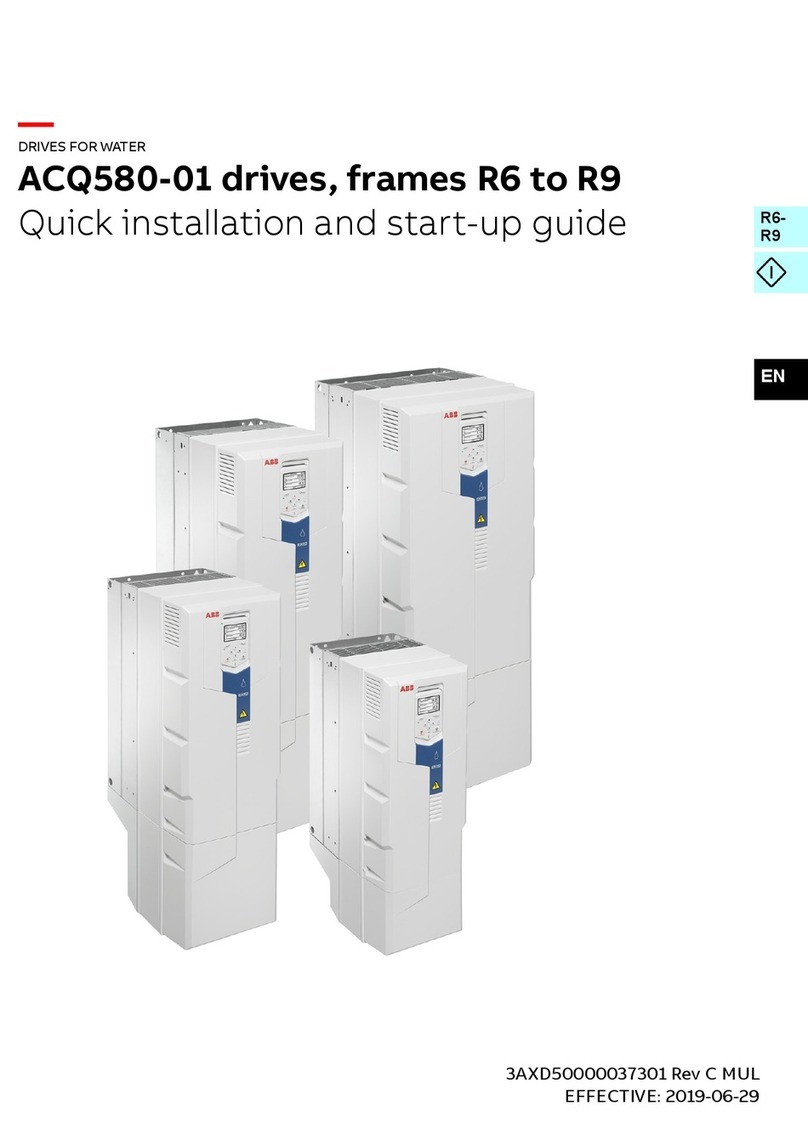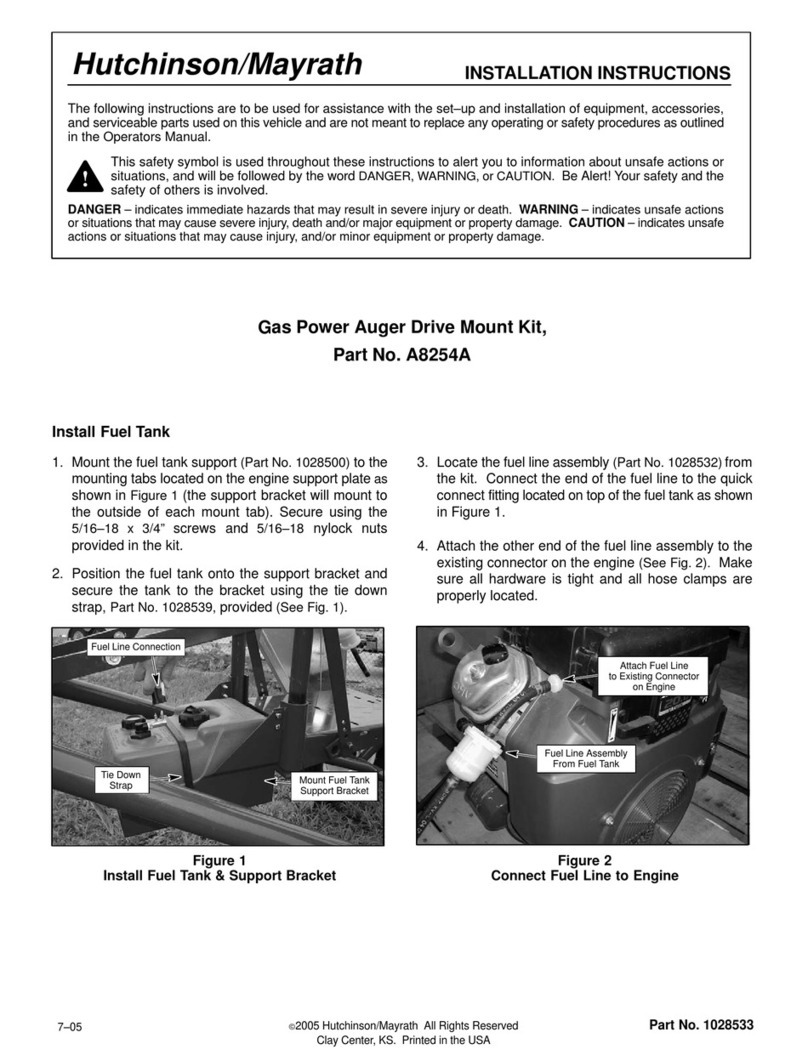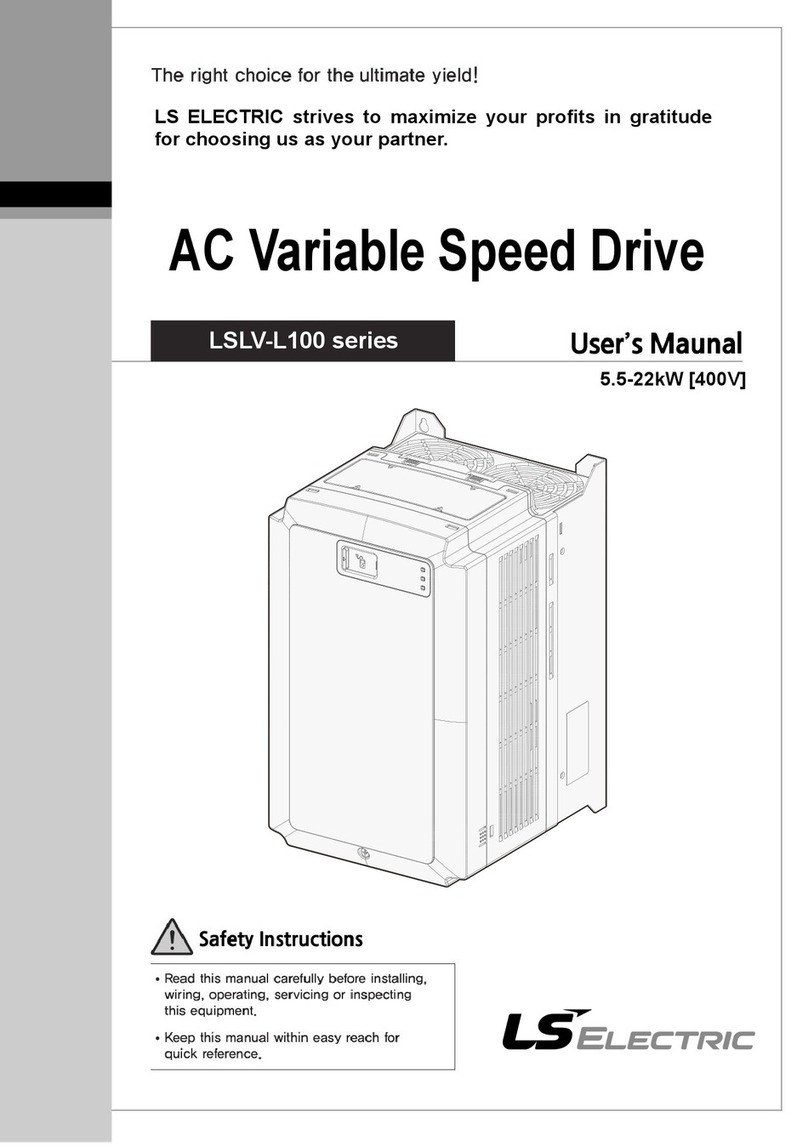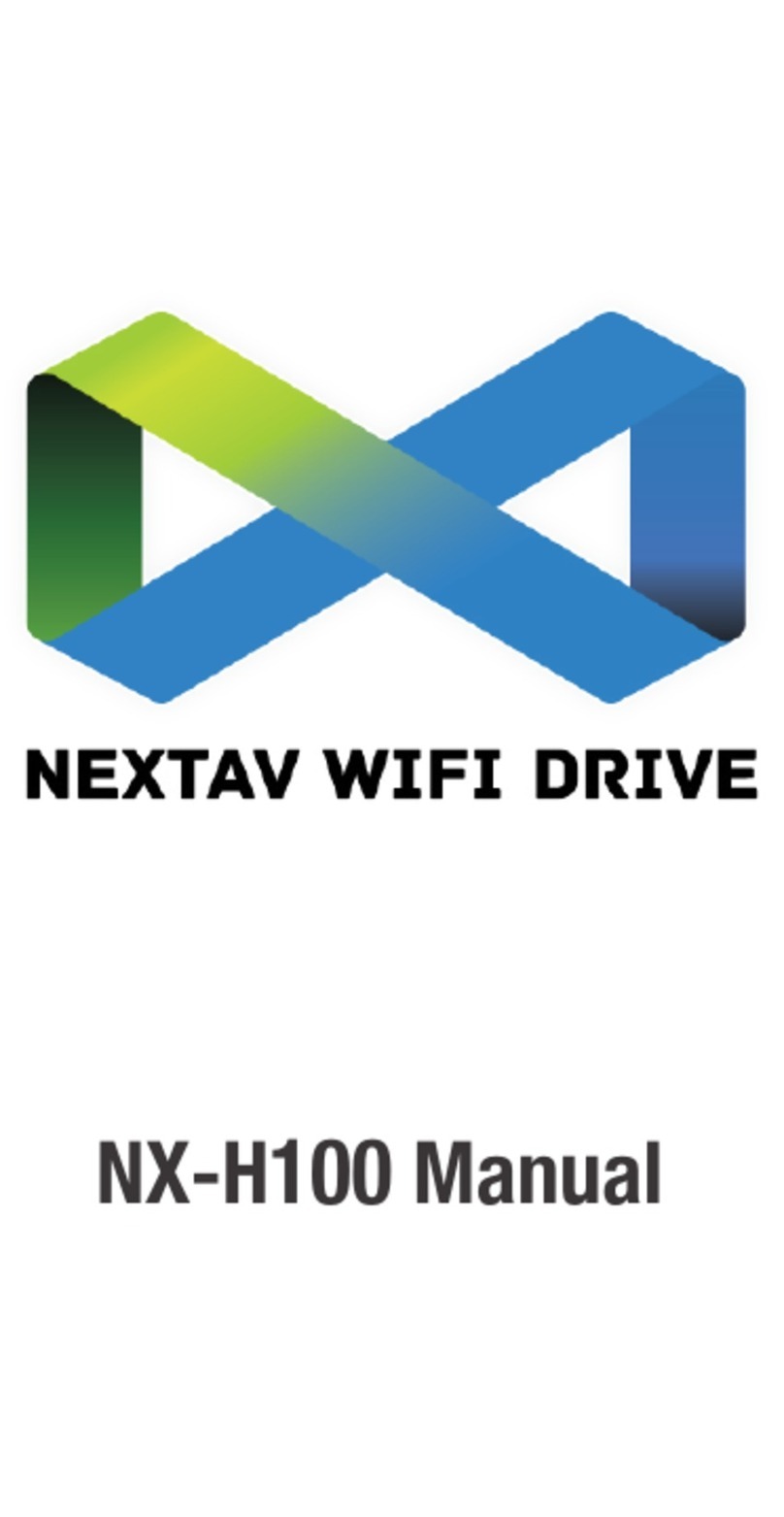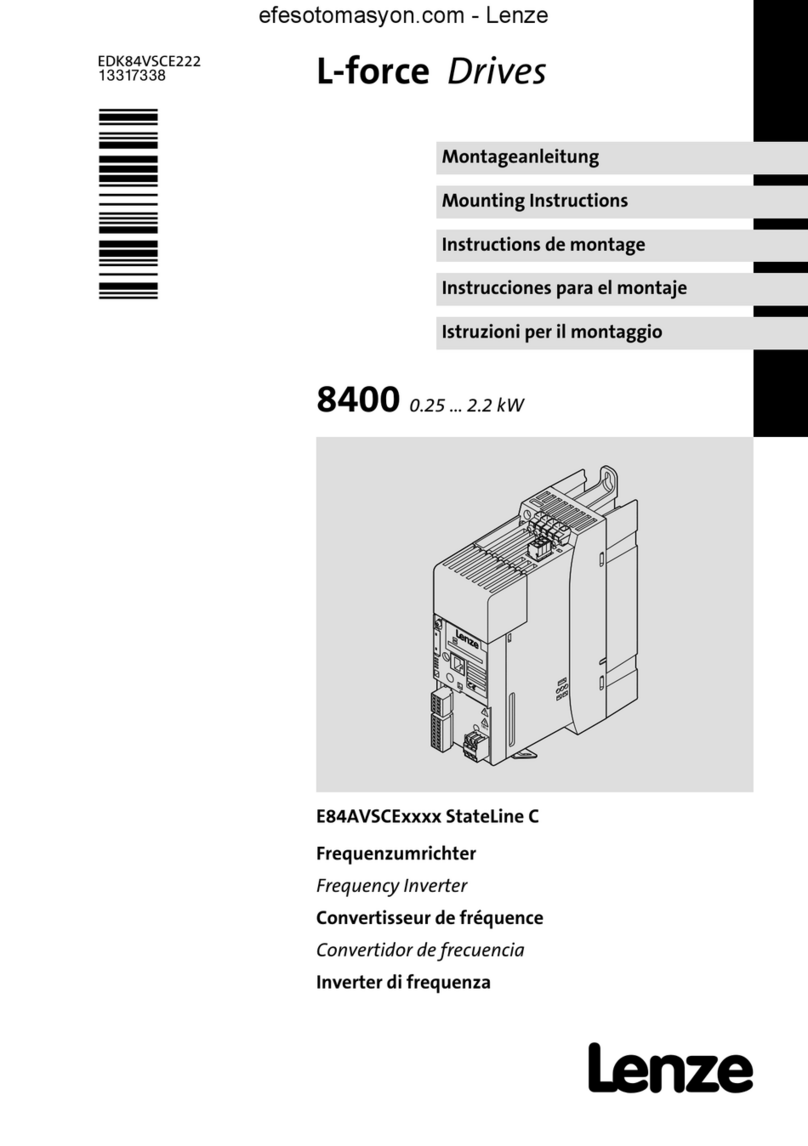hatch ELP20-2060-UNV-SD User manual

1
IMPORTANT SAFEGUARDS
When using electrical equipment, basic safety precautions should always be followed including:
BEFORE BEGINNING INSTALLATION, READ THESE IMPORTANT SAFETY INSTRUCTIONS
EMERGENCY LED DRIVER
INSTALLATION AND OPERATING
INSTRUCTIONS
Note: Installation requires application of
the Luminaire Modification Label provided
in your kit, as per UL. This label states: “This
equipment has more than one connection
point.” This label must be applied to the fixture
housing during installation.
SAVE THESE INSTRUCTIONS
Use with grounded, UL Listed, damp location rated fixtures.
WWW.HATCHLIGHTING.COM • 7821 WOOdLANd CeNTer BLvd. TAMpA, FL 33614 • pH: 813.288.8006 • FX: 813.288.8105 • SALeS@HATCHLIGHTING.COM rev: 07/28/2020
WARNING: Risk of fire or electric shock. Fixture wiring and
electrical parts may be damaged when drilling for installation of LED
Emergency Driver. Check for enclosed wiring and components.
WARNING: Risk of fire or electric shock. The LED Emergency Driver
installation requires knowledge of luminaire electrical systems. If not
qualified, do not attempt installation; contact a qualified electrician.
WARNING: Risk of fire or electric shock. The LED Emergency Driver
is only for use with surface mount or recessed Type IC or Non-IC
products listed to UL Standards. Suitable for use in damp locations
and plenum spaces. Not for use in heated air outlets or hazardous
locations.
WARNING: Risk of fire or electric shock. Do not alter, relocate or
remove wiring, lamp holders, power supply or any other electrical
component.
WARNING: To prevent wiring damage and abrasion, do not expose
wiring to edges of sheet metal or other sharp objects.
WARNING: Do not make or alter any open holes in the wiring
enclosure or electrical component enclosure during installation.
Only the open holes indicated in the instructions may be added or
altered as a result of installation. Do not leave any other open holes
in the wiring enclosure or electrical component enclosure during
installation.
CAUTION: Before installing, make certain the AC power to the
fixture is off.
CAUTION: Confirm there is 120-277V at the fixture before
beginning installation.
CAUTION: To prevent electrical shock, only mate the unit connector
after the installation is complete and before the AC power to the
fixture is back on.
CAUTION: This fixture provides more than one power supply
output source. To prevent electrical shock, disconnect both normal
and emergency sources by turning off the AC branch circuit and
disconnecting the unit connector.
CAUTION: Do not look directly at the LED light source for extended
periods of time to prevent harm to eyes.
CAUTION: This is a sealed unit. Components are not replaceable.
Replace entire unit when necessary.
CAUTION: This Emergency LED Driver requires an unswitched AC
power source of 120-277V, 50/60 Hz. The AC LED driver MUST
be on the same branch circuit as the Emergency LED driver.
CAUTION: Verify that the LED load requirements match/are
compatible with the emergency driver selected.
CAUTION: Do not use outdoors.
CAUTION: Do not mount near gas or electric heaters.
CAUTION: Install in accordance with the National Electrical Code
and regulations
CAUTION: Do not mount in locations or at heights in which the
emergency driver could be tampered with by unauthorized personnel.
CAUTION: Do not use this equipment for anything other than its
intended use.
CAUTION: Do not use accessory equipment not recommended by
the manufacturer as this may cause an unsafe condition.
CAUTION: Use with grounded, UL Listed, damp location rated
fixtures. Emergency Driver case should be grounded.
CAUTION: The equipment is intended for ordinary locations and for
permanent installation into one or more Listed emergency luminaires.
The following are included:
ELP20-2060-UNV-SD
PARTS QUANTITY
LED Emergency Driver 1
Test Button 1
Tek Screws 2
Installation Guide 1
Luminaire Modification Label 1
Screw Wire Connectors 2
Wall Plate 1
Wall Plate Screws 2

2
EMERGENCY LED DRIVER:
INSTALLATION AND OPERATING INSTRUCTIONS
WWW.HATCHLIGHTING.COM • 7821 WOOdLANd CeNTer BLvd. TAMpA, FL 33614 • pH: 813.288.8006 • FX: 813.288.8105 • SALeS@HATCHLIGHTING.COM rev: 07/23/2020
INSTALLATION
Before beginning installation, verify the following:
a. Read and understand all warnings and notes stated on page 1 before proceeding with installation.
b. Verify the contents of the LED Emergency Driver installation kit contain the parts listed on page 1.
c. Make sure the emergency driver characteristics match those of the fixture it is intended for installation with:
• Verify that the existing LED driver is Class 2 compliant per the driver manufacturer specifications.
• The fixture’s driver must have an output power equal to or greater than the intended emergency driver.
• The fixture’s LED load voltage must be between 20-60V.
• The fixture’s LED driver maximum output current must be less than 3A.
• The fixture’s LED driver input current must be less than 0.66A.
d. Install in accordance with national and local electrical codes.
Mounting
Single-piece ELP emergency drivers are suitable for mounting on or adjacent to the fixture. Flex conduit A carries the emergency LED driver
mains leads and the LED +/- leads. Connect flex conduit A from the emergency driver to a knockout on the fixture. Flex conduit B carries
the battery connector leads and the test switch leads. Connect flex conduit B to a separate knockout in the fixture if the test switch will
be installed in the fixture, or to a junction box external to the fixture if the test switch will be used on a wall plate. Do not mate the battery
connectors until after power is applied.
For remote mounting of the emergency driver, the maximum recommended mounting distance is listed below. Remote mounting may result in
power loss at the load, reducing the total lumen output.
Part Number Rated Output Power Maximum Mounting Distance
ELP20-2060-UNV 20W 28 ft
Part Number Rated Output Power Nominal Lumen Output*
ELP20-2060-UNV-SD 20W 2000 Lumens
*Nominal lumen output assumes fixture efficacy of 100 lumens/watt.
NOTE: Verification of these operating traits does not constitute a code-compliant emergency egress system. While the ELP-2060 Series
has been found compliant with the requirements of UL 924, it is still the responsibility of the Designer/Specifier to assume appropriate light
levels are achieved during emergency operation of the luminaire in accordance with Federal, State and Local municipal code regarding path of
Egress Illumination.
Calculating Lumen Output During Emergency Operation
Evaluate luminaire/fixture data
DesignLights Consortium®
1. Log onto the DLC website (www.designlights.org).
2. Click on “search the DLC Qualified Product List” button on the DLC homepage.
3. In the “search by keyword” box enter: luminaire manufacturer and part number.
4. Click on “Search” tab to open the “Qualified Products List.”
5. Determine per “RATED DATA” efficacy shown in lumens per watt (lm/w).
6. Multiply lumens per watt by ELP-2060 rated output (example: lm/w x 10 watts). Refer to table below for the wattage of the specific
ELP-2060 model to be used in the luminaire. (lm/w) x (ELP-2060 watts) = nominal lumen output of fixture.
Determining Adequacy of Means-of-Egress Lighting Levels
Follow industry standards by utilizing available .ies files and lighting design software for your dedicated emergency luminaires with the above
calculated lumens and validate your as-installed plans in accordance with the applicable life safety codes governing your project.

3
EMERGENCY LED DRIVER:
INSTALLATION AND OPERATING INSTRUCTIONS
WWW.HATCHLIGHTING.COM • 7821 WOOdLANd CeNTer BLvd. TAMpA, FL 33614 • pH: 813.288.8006 • FX: 813.288.8105 • SALeS@HATCHLIGHTING.COM rev: 07/23/2020
WIRING DIAGRAM - TYPICAL APPLICATION
OPERATION
Normal Mode: AC power is present. The AC driver operates the LED load as designed. The emergency pack is charging in a standby mode.
The test button will be illuminated green, showing that AC power is present.
Emergency Mode: In the event of a power failure, the LED emergency driver switches to emergency mode and operates the fixture at a
reduced light output level for a minimum of 90 minutes. The test button will be flashing green.
Testing Procedures
Prior to initial testing, allow unit to charge one hour. For 90 minute test, allow unit to charge for 24 hours.
a. Press the test button twice or toggle the wall power switch to the luminaire 3 times to switch the system to Emergency Mode for a
30-second test. Allow the system to charge for 24 hours prior to conducting any other testing.
b. Press the test button three times or toggle the wall power switch to the luminaire four times to switch the system to Emergency Mode
for a 90-minute test. Allow the system to charge for 24 hours prior to conducting any other testing.
Testing can be canceled at any time by pressing the test switch once or toggling the wall switch two times.
NFPA 101, Life Safety Code outlines the following testing schedule:
i. Monthly: Ensure that the test button light is illuminated green. Conduct a 30 second discharge test by depressing the test button for
30 seconds. The LED load should operate at reduced output.
ii. Annually: Ensure that the test button is illuminated green. Conduct a full 90-minute discharge test. The unit should operate as
intended for the duration of the test.
iii. “Written records of the testing shall be kept by the owner for inspection by the authority having jurisdiction.”
Diagnostics
The ELP20-2060-UNV-SD emergency driver features advanced diagnostic capabilities, providing more flexibility for conducting system
testing. Complete system testing can be conducted either using the two-wire test switch provided with the unit, or can be initiated from
the wall power switch that powers the fixture. An advanced charging system monitors the battery voltage so that overcharging and deep
discharging is prevented, maximizing battery life. A two-color test switch uses flashing fault codes to let users know the status of the system
and to report diagnostic information.
Flashing Fault Codes:
Flashing green: System is charging
Solid green: Fully charged; in standby or emergency mode.
Single red flashing: Battery charge failure. Check battery connector. If problem persists replace unit.
Double flashing red: Low battery voltage. Battery charge level is below operational level, or battery is defective. If double flashing red
continues after 2 hours, replace system.
Triple flashing red: Load voltage too low. The LED load connected to the driver is outside the normal operating range of the driver.
Emergency driver is not compatible with fixture load.
LED Driver
LED Emergency
Driver
L
N
L
N
(Black)
(White)
(Black/White)
(Black)
(White)
LED +
LED -
Fixture LED
Load
(Red)
(Black)
(Brown)
(Red AWG#18)
(Blue AWG#18)
(Red AWG#22)
(Blue AWG#22)
Test
Switch/Charge
Indicator
Wall Switch
Battery
Connector
+
-
Luminaire Modification Label
Make sure to adhere luminaire modification label to the fixture where it is easily visible to anyone servicing the fixture in the future.
Wiring
Connect wires per wiring diagram below according to application. Do not mate battery connector until all wiring is complete and power is
restored. Wiring diagram for typical application that shares the fixture’s LED load is seen below. For alternate application wiring diagrams see
Hatch website at www.hatchlighting.com/led-emergency-drivers.
NOTE: Emergency driver housing must be grounded.
Table of contents
